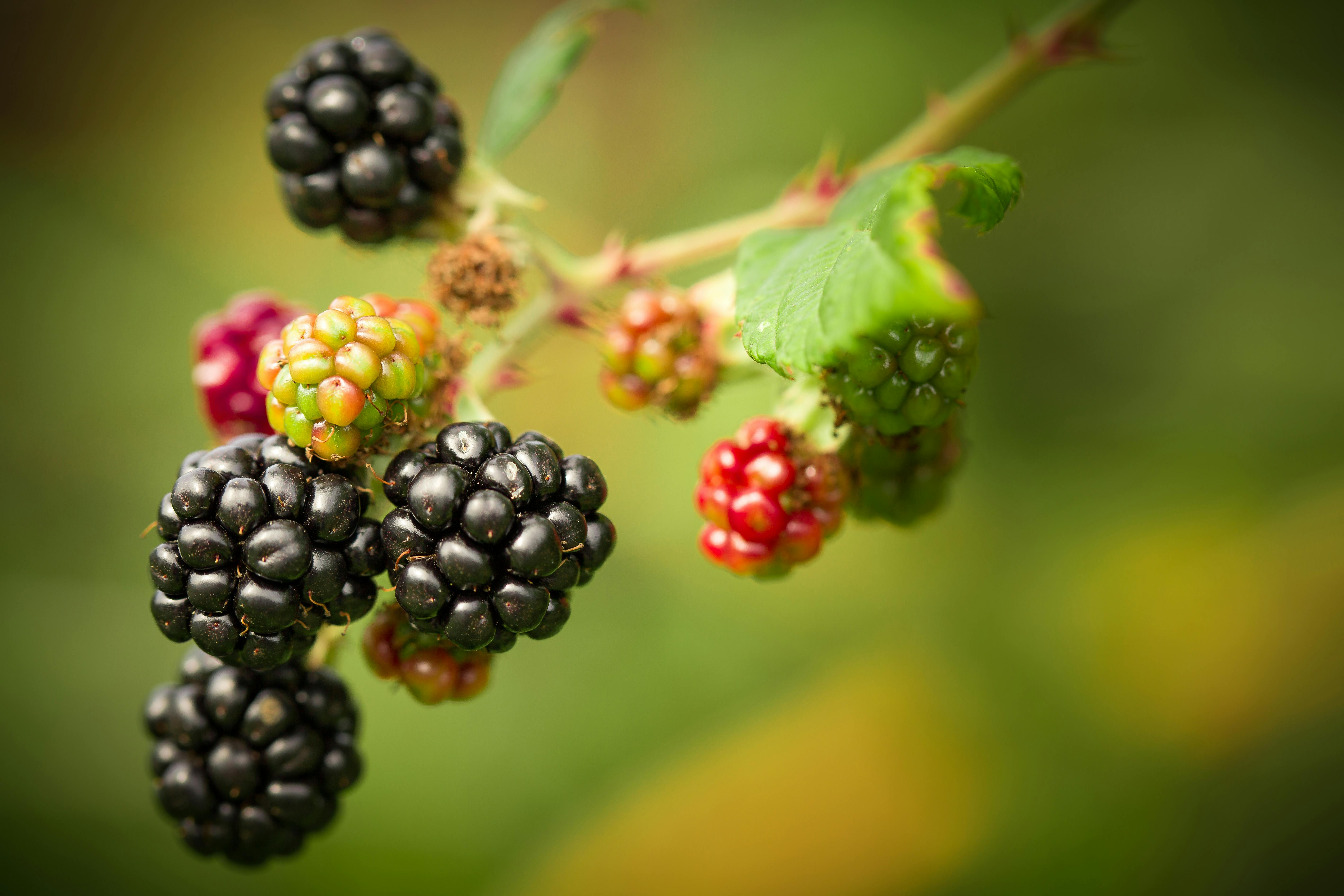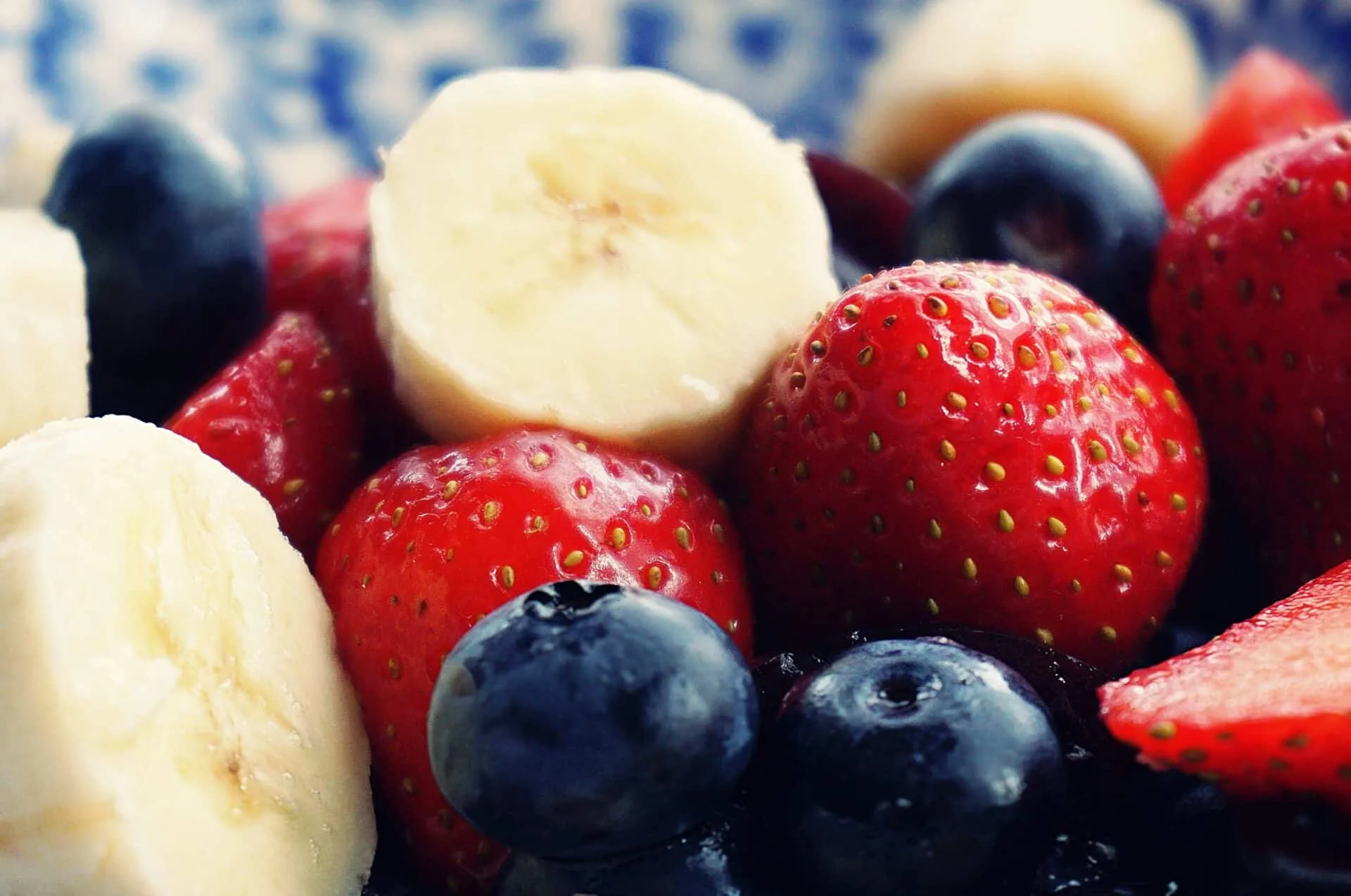Growing strawberries in Indiana can be a rewarding experience. Strawberries are not only a delicious fruit, but they are also rich in vitamins and minerals. Growing your own strawberries in Indiana can provide you with an abundance of fresh, ripe berries for you and your family to enjoy. In this guide, we will discuss the best ways to grow strawberries in Indiana so you can have a bountiful crop each season.In order to successfully grow strawberries in Indiana, several requirements must be met. First, the soil must be well-draining and have a pH between 5.5 and 6.8. Second, adequate sunlight is necessary; strawberries prefer full sun with at least 8 hours of direct sunlight each day. Third, proper irrigation is important; strawberries need at least 1 inch of water per week during the growing season. Fourth, fertilization is beneficial; apply a balanced fertilizer with an NPK ratio of 10-10-10 in mid-spring and again in mid-summer to help promote healthy growth and development. Finally, proper pest control is essential; keep an eye out for common pests such as aphids, whiteflies, spider mites, slugs, snails, and caterpillars.
Preparing The Soil
Preparing the soil is one of the most important steps in gardening. It is essential to create a good foundation for plants to thrive and produce healthy growth. To start, it is important to assess your soil condition and determine what kind of soil you have. Different types of soil require different treatments, so it is important to identify which type you have before beginning any work.
The next step in preparing the soil is to remove any debris that may be present, such as sticks, rocks, weeds, and roots. This will help ensure that your plants have plenty of room to grow and a clear path for their roots to spread out. It will also prevent any unwanted pests from taking up residence in your garden. After removing debris, it is important to break up the soil using either a spade or rototiller. This will help create an even surface and make it easier for plants to take root in the ground.
Once you have broken up the soil, you can then add organic matter such as compost or manure. Adding organic matter helps improve drainage, aeration, and nutrient levels in the soil which are all essential for healthy plant growth. It is also important to mix in some sand or vermiculite if your soil has a high clay content as this can help improve drainage as well. After adding organic matter and sand/vermiculite (if necessary), it is time for tilling again in order to work these materials into the ground evenly.
Finally, you can add fertilizer or other nutrients depending on what specific needs your plants may require. Once everything has been added and mixed together thoroughly, your garden should be ready for planting! Preparing the soil properly is an essential step when starting a garden as it sets up a strong foundation for success later on down the road.
Controlling Pests And Diseases
Pest and disease control is an important part of maintaining a healthy garden or crop. Controlling pests and diseases can help reduce damage to plants, stop the spread of plant diseases, and make sure that your garden or crop produces the best yields possible. Here are some tips for controlling pests and diseases in your garden or crop.
The first step in controlling pests and diseases is to understand what you are dealing with. Identifying the particular pest or disease can help you determine the best way to control it. Look for signs of pest damage, such as holes in leaves or gnawed stems, and recognize common plant diseases like powdery mildew, leaf spot, or rust. Once you have identified the pest or disease, research how to best treat it using cultural, mechanical, biological, or chemical control methods.
Cultural controls are methods that use management practices such as crop rotation and sanitation to keep pests and diseases under control. Crop rotation helps reduce buildup of soil-borne pathogens by planting different crops in different parts of the garden each year. Sanitation practices include removing diseased plants from the area, cleaning up debris that can harbor pests and diseases, and avoiding overcrowding of plants which can lead to increased pest pressure.
Mechanical controls are methods that physically remove pests from plants such as handpicking insects off leaves or using traps to capture rodents. Biological controls use natural predators like birds or ladybugs to feed on harmful insects in your garden while chemical controls use pesticides and fungicides to kill off pests and prevent spread of disease organisms.
No matter what method you choose for controlling pests and diseases in your garden or crop, it’s important to be proactive in monitoring for signs of infestation so that you can take action quickly if needed. Regularly inspecting plants for signs of damage is key in keeping your garden healthy and productive.
Weeds Management In Strawberry Beds
Weed management in strawberry beds is essential for successful and cost-effective production of strawberries. Weeds can compete with strawberry plants for nutrients, water, and light, and can reduce yields. Additionally, weeds can serve as hosts for numerous diseases and pests that can damage the strawberry crop. An effective weed management program is necessary to reduce the problems associated with weeds in strawberry beds.
Cultural control methods are the most important component of an integrated weed management system for strawberries. These include proper site selection, bed preparation, irrigation, fertilization, mulching and other cultural practices that help reduce weed growth and competition with the strawberry crop. Cultural practices should be tailored to the specific needs of each situation.
Preemergent herbicides are commonly used for controlling weeds in strawberry beds. These herbicides are applied before the weeds have emerged from the soil surface. Preemergent herbicides are generally used at planting or during bed preparation prior to strawberry planting but may also be used after planting if necessary. It is important to note that preemergent herbicides can have a detrimental effect on the health of young strawberry plants if applied too close or at rates that are too high.
Postemergent herbicides may also be used to control existing weeds in established strawberry beds. Postemergent herbicides are applied after the weeds have emerged from the soil surface and generally do not affect established plants unless they come into contact with foliage or roots of the plant directly. Postemergent herbicides should be used judiciously due to their potential impacts on beneficial insects such as pollinators and natural enemies of insect pests; they should also be applied only when needed since overuse could lead to weed resistance to certain chemicals over time.
Cultivation is another important tool for controlling weeds in established strawberry beds; however, care must be taken not to damage shallow roots of surrounding plants when using cultivation equipment such as hoes or cultivators. Mechanical cultivation may also disturb beneficial insects that inhabit or visit strawberry beds; however, this practice can still be a viable option if done properly.
In conclusion, an integrated weed management program is necessary for successful production of strawberries in a cost-effective manner while protecting beneficial insects that inhabit or visit strawberry beds. Cultural practices should form the foundation of an effective weed management program; however pre- and postemergent herbicides may also be used judiciously when needed along with mechanical cultivation where appropriate.

Conclusion
Growing strawberries in Indiana is a rewarding experience. With the right preparation and care, you can have a bumper crop of juicy, sweet berries. Start by making sure your soil is well-drained and rich in organic matter. Plant your bare-root plants in early spring and protect them from frost with angled rows and plastic tunnels. Make sure to water regularly, fertilize throughout the season, and keep an eye out for pests. With a little extra effort, you can enjoy the fruits of your labor and have delicious homegrown strawberries all season long!
Remember, strawberry plants can be very prolific if given the right conditions. With proper preparation and maintenance, you can successfully grow strawberries in Indiana for many years to come.



